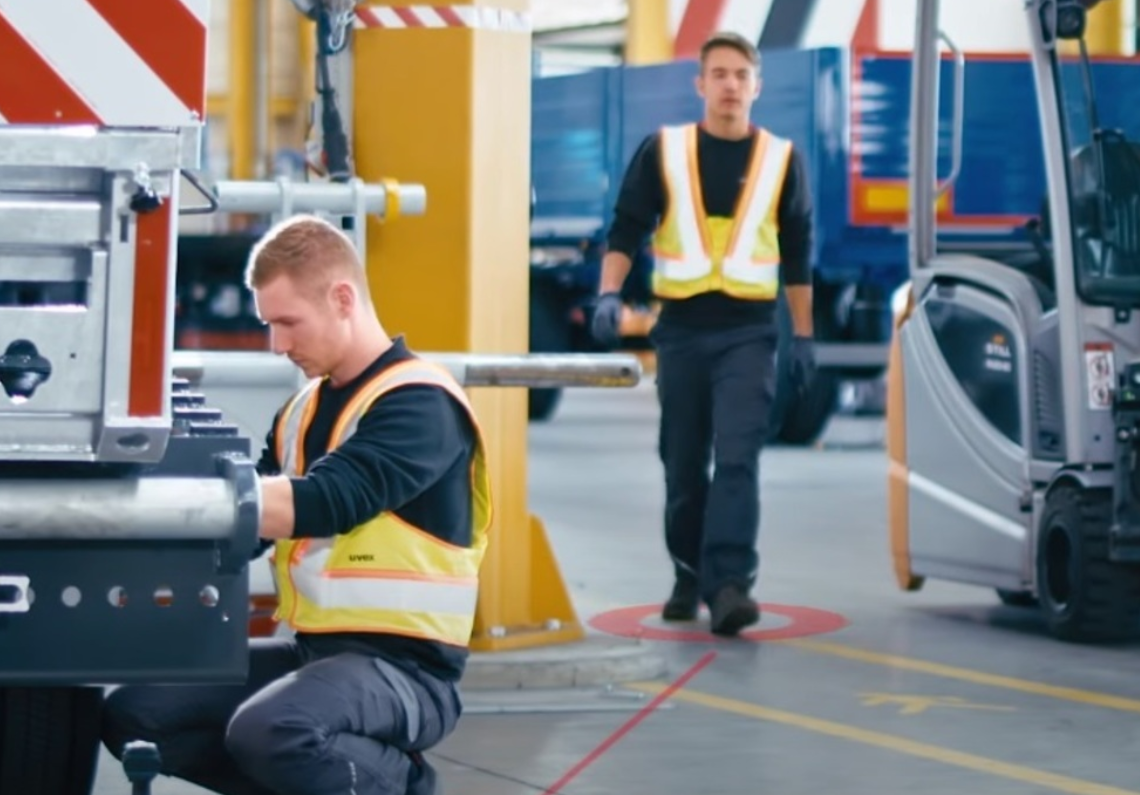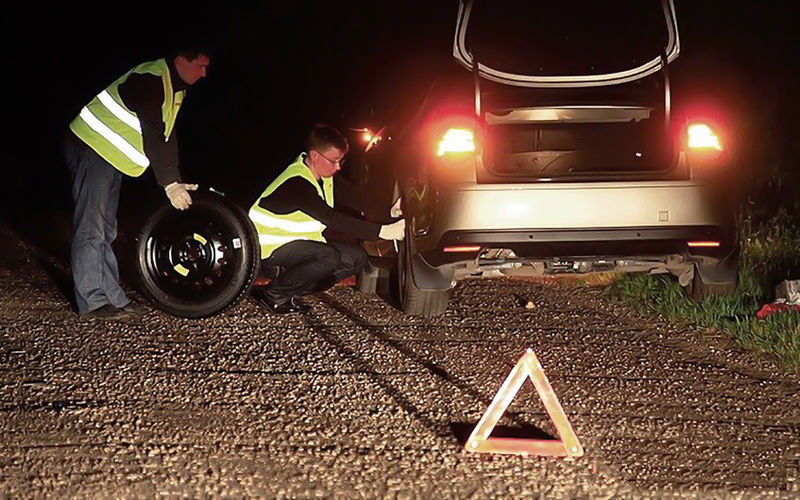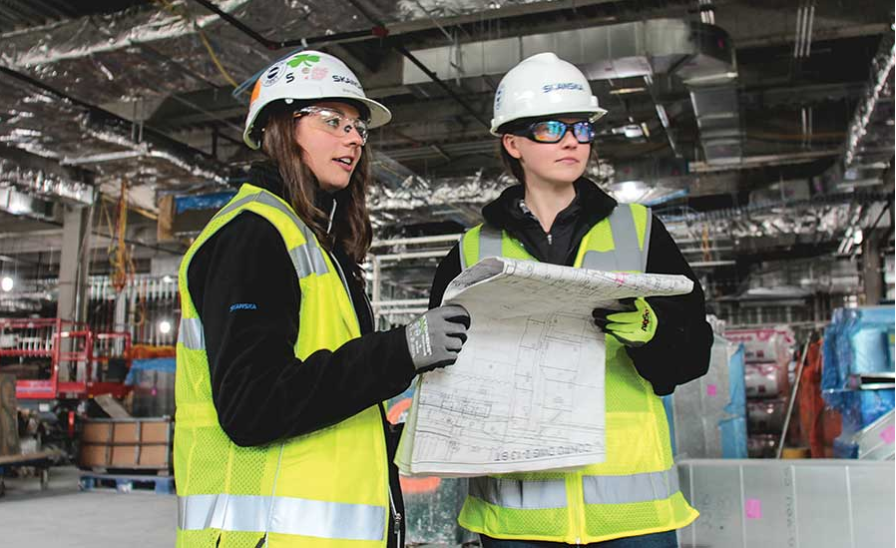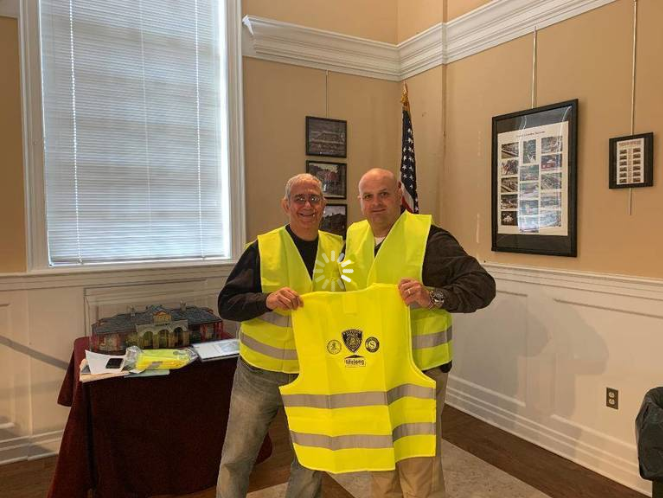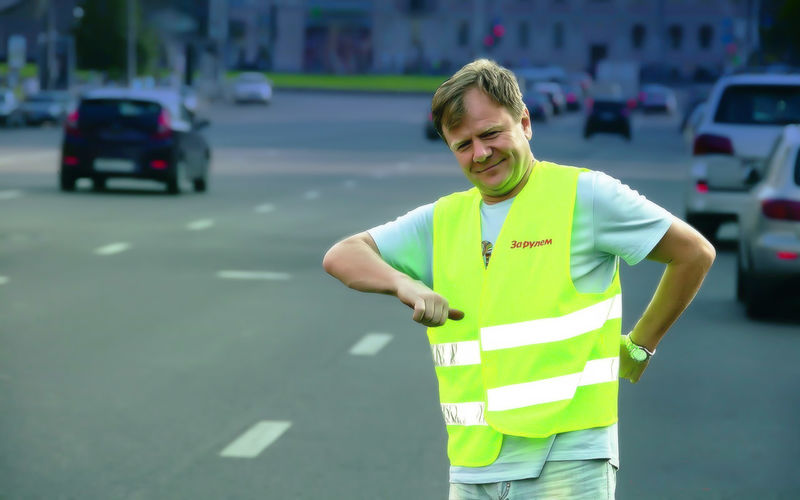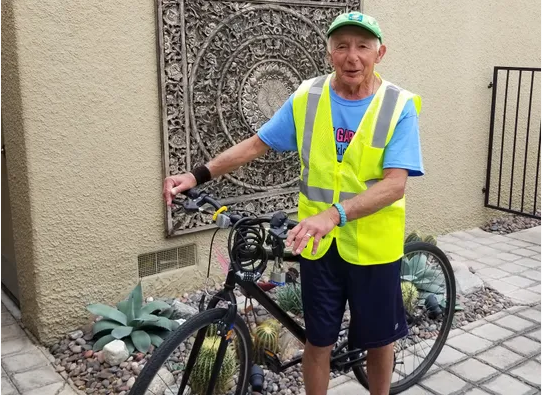Beginning in the early 1970s, research was introduced suggesting there was a relationship between fire apparatus color and vehicle accidents. The concept presented was those lighter, brighter more visible colors would gain attention more quickly, improve reaction time, and as a result, reduce the number of visibility-related accidents.
Arguments against the color theory focused on the effectiveness of using flashing lights and sirens as warning devices, and the driving public would not quickly recognize fire vehicles if they weren’t the traditional red color.
By definition, the most visible vehicle colors are in the group of lime-green, lime-yellow, and yellow, while the most traditional apparatus colors are in the group of reds.
Where did we start?
Over the years, these issues were argued, studied, and re-argued leading to a study published in 1984 to compare the accident rates of fire apparatus consisting of two distinct colors —lime-yellow and red.
That multi-city study involved nine departments with an aggregate of more than 750,000 runs. All fire apparatus in the study consisted of engines and aerials. Five cities used red and four cities used the lime-yellow apparatus. The results showed the five “red” cities had accident rates higher than the four “lime-yellow” cities. The overall average was 31.9 accidents/100,000 runs of red apparatus vs. 15.3 accidents/100,000 runs of lime-yellow apparatus. Stated another way, the red apparatus had an accident rate almost double the lime-yellow rate.
While the data pointed toward lower accident rates with the use of the yellow group of colors, enough questions were raised to indicate more research would be helpful.
Therefore, a second study, published in 1995 with more precise controls was initiated and dealt with four years of data and analyzed one large department (Dallas, TX), which had both a red or red/white fleet and a lime-yellow fleet. The single department approach was done to reduce variables, which included training, weather, language usage, apparatus maintenance, community culture, law enforcement, insurance requirements, and fire department response policies. Only pumpers/engines were considered to control the variable of vehicle size. The actual police reports for each event were studied to have an accurate knowledge of what occurred.
This study involved a comprehensive method of analysis and was published as original research in research in 1995 in the “Journal of Safety Research” by the National Safety Council. It was peer-reviewed by a panel of anonymous experts to assure accuracy, reliable methodology, and results. There were fewer runs than the prior evaluation but limiting the variables as much as possible allowed a more precise computation of accident rates. The research revealed lime-yellow pumpers were statistically safer than red or red-white fire pumpers.
The conclusion of the study stated: “…the likelihood of having a visibility-related multiple-vehicle accident or a visibility-related single-vehicle accident for a red or red-white fire pumper is greater than for a lime-yellow or lime-yellow/white fire pumper. Perhaps it is more than three times as great.” The results confirm color visibility reduces accidents and when accidents do occur, they are less severe.
Where are we now?
The research presented above supports the concept that colors that are represented at the peak of the visual spectrum, contribute to a lower accident rate for fire apparatus.
Since then, the NFPA has issued several standards revisions for fire apparatus which include updated warning light and audible devices, recommendations based on new and improved technologies, and enhanced utilization of retro-reflective materials.
It is appropriate to ask the question “Does the use of a high-visibility color still have an impact on fire apparatus accident reduction?”
To that end, an analysis was performed starting in 2018 and took into account runs and accidents on a sample of fire departments representing the high visibility colors—lime-green, lime-yellow, and yellow—and departments representing the darker, traditional colors—red, red-white, and red-black—fire vehicles. As in the 1984 study, an emphasis was placed on accumulating a high number of apparatus runs. The focus was for the years 2013 through 2016. Among the differences included in this study was the use of apparatus manufactured to the updated NFPA apparatus standards.
The 12 fire departments that fully completed the survey questionnaires were used in the study, 6 with red engines and 6 with lime-green, lime-yellow, or yellow engines. For the four years over 2,600,000 runs were accumulated. The fire departments are listed in the associated bar graph.
The results compare the accident rates per 100,000 runs. It was found on average than those departments using red on their engines had an accident rate almost double the departments using the lime-green, lime-yellow, or yellow engines. The red accident rate is 47.9 accidents per 100,000 runs and the yellow group accident rate is 24.7 accidents per 100,000 runs.
What does the future hold?
The concept of using high-visibility fire apparatus color to reduce accidents was introduced in the mid-1970s. As fire apparatus were updated and modernized over the years, including improved engineering and technology, one goal was improving safety to the firefighters and the public. The studies of how fire apparatus color impacts accident reduction now spans more than 50 years.
The visibility colors are no strangers to the motoring public and the fire service. Also, to use on emergency vehicles, it is now seen on entire classes of D.O.T highway signage as well as on high-visibility highway safety vests. Firefighters use lime-green and lime-yellow frequently including on structural firefighting garments.
It is reported intersection accidents are among the most severe and represent the largest class of serious apparatus accidents. Enhanced visibility contributes to reducing both the number of intersection accidents and the seriousness of those events.
The fire service is constantly given opportunities for enhanced safety with the expansion of visual research, emergency lights, audible devices, and retro-reflective/fluorescent materials. These improved and even novel approaches do not mean color is less important. The devices and materials that enhance detection are additive and work in concert with color. This is a primary principle of building the safest possible apparatus to reduce or eliminate accidents and injuries.
The bottom line is color plays an important role in the safety and the use of lime-green, lime-yellow, or yellow as a visibility color substantially enhances safe operations. Because of the consistency of the ways the eyes see, the safety effects of color through visibility remain unchanged over time and will continue.

